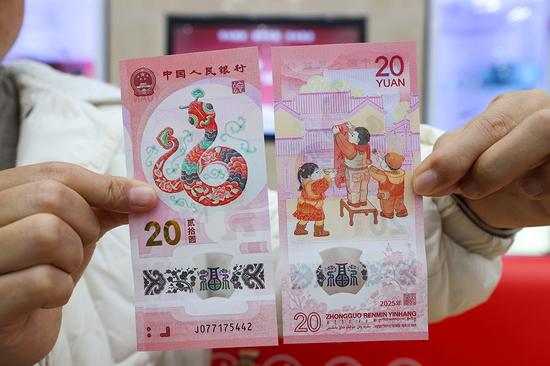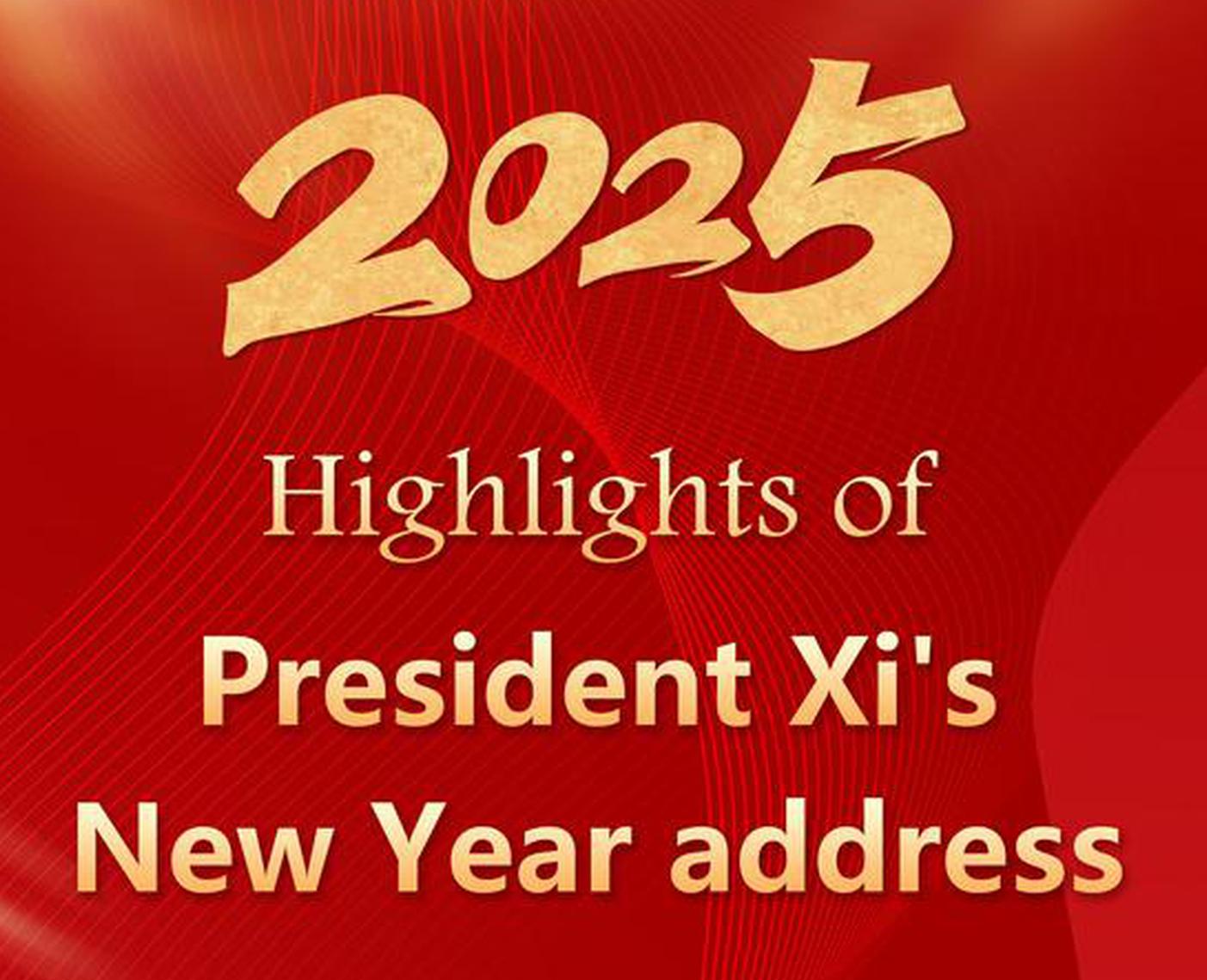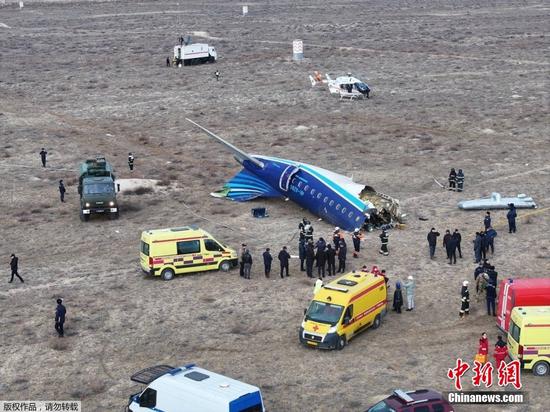China should speed up the establishment of the much-anticipated stock market stabilization fund this year as an emergency policy reserve to smooth out any extreme market volatility due to growing uncertainties, policy researchers said.
The likelihood of policymakers extending direct funding support for the nation's bourses via such a fund has increased, they said, as equity market stability has emerged as a more prominent policy goal to vitalize domestic confidence amid a harsh external environment, they said.
It is "of great necessity" to launch the stock market stabilization fund as soon as possible this year, said Zhang Ming, deputy director of the Institute of Finance &Banking at the Chinese Academy of Social Sciences.
Zhang said it is advisable to raise money by issuing 2 trillion yuan ($272.9 billion) of special treasury bonds to establish the fund, buying blue-chip leading shares and exchange-traded funds linked to main indexes at low prices and communicating with the market clearly on the conditions for it to buy and sell the related shares.
The fund, in coordination with social security funds and other large institutional investors, can work effectively to avoid excessive market volatility, he said, as part of a policy pivot since late September in which authorities have regarded stabilizing asset prices as increasingly important to shore up confidence among both companies and individuals.
As a sign of monetary policymakers paying more attention to safeguarding stock market stability, the People's Bank of China, the country's central bank, completed the operation of a policy tool that encourages equity investments by financial institutions for the second time on Thursday.
It also optimized the implementation rules of another pro-market tool — the central bank lending facility for share buybacks and shareholding increases — to further enhance policy support and streamline the process for participants.
At the annual work conference of the PBOC, which concluded on Saturday, it was decided to make full use of the two tools, explore regular institutional arrangements and maintain stable operation of the capital market.
On Monday, the Shanghai Composite Index closed down 0.14 percent at 3206.92 points, the fourth consecutive day of losses and the lowest level since October.
"Overall, given the rising uncertainties and risks, stabilizing the stock market has become more challenging, and the likelihood of regulators introducing a stabilization fund is growing," said Feng Jianlin, chief economist at Beijing FOST Economic Consulting.
"In particular, if the SCI falls below the 3000-point threshold, the likelihood of a stabilization fund stepping in would significantly increase," Feng said, with a potential initial fund size of 500 billion yuan to 1 trillion yuan.
Citing the experiences of Japan, South Korea and the United States in using stabilization funds or similar tools in the past, Feng said that the fund should only be used as an emergency measure, not a regular stabilizing tool.
"The fundamental resolution lies in substantial improvements in economic fundamentals."
In late September, PBOC Governor Pan Gongsheng said the country was studying setting up the stabilization fund, though no further details were provided by officials so far.
Luo Zhiheng, chief economist at Yuekai Securities, said the introduction of stabilization funds requires first addressing legislative issues, with certain exceptions needed in the Securities Law regarding market manipulation behaviors to grant the fund statutory powers to address market slumps in specific circumstances.
The stock market stabilization fund can act as an important tool of countercyclical adjustments, preventing further market declines and restoring confidence in the face of major internal and external shocks, Luo said.
At a meeting held by the Political Bureau of the Communist Party of China Central Committee in early December, the top leadership called for strengthening "unconventional countercyclical adjustments".
Financial regulators have also strengthened their focus on foreign exchange market stability. The annual work conference of the State Administration of Foreign Exchange held last week vowed to improve the monitoring and early warning system for cross-border capital flows and strengthen countercyclical regulation and expectation management.


















































 京公网安备 11010202009201号
京公网安备 11010202009201号